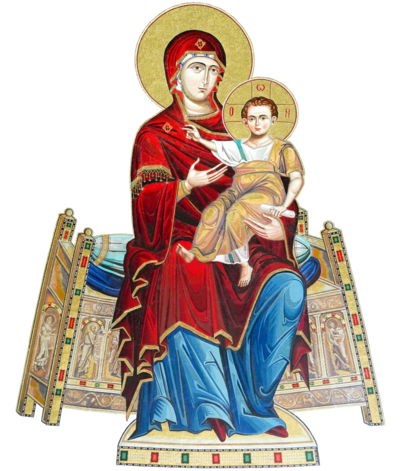Frequently Asked Questions
☦
Find answers to common questions about Orthodoxy and our community
Frequently Asked Questions
Orthodoxy preserves the fullness of the ancient Christian faith without addition or subtraction. We maintain apostolic succession, the original form of worship, the veneration of icons, and a theosis-centered understanding of salvation as becoming more like Christ.
Absolutely! Orthodox services are open to all visitors. While Holy Communion is reserved for baptized and chrismated Orthodox Christians, everyone is welcome to attend services, receive a blessing, and partake of the blessed bread (antidoron) distributed at the end of Liturgy.
The best way to learn about Orthodoxy is to experience it! Visit a service, speak with the priest or parishioners, and immerse yourself in the sights, sounds, and scents of Orthodox worship. We also offer inquirers' classes, recommended reading, and one-on-one discussions for those who wish to learn more.
The journey to Orthodoxy typically involves a period of learning and participation in the life of the Church, followed by catechism (formal instruction), and culminating in the sacraments of baptism and/or chrismation. This process varies in length depending on individual circumstances and prior Christian experience.
In Orthodox theology, salvation is understood as theosis—the process of becoming more like God through participation in His divine energies. It is not merely a legal pardon but a healing and restoration of our entire being: body, soul, and spirit. This journey involves cooperation with God's grace through prayer, participation in the sacraments, ascetic practices, and living a life of love.
Icons are not idols but windows to heaven that help us connect with Christ, the Theotokos (Mother of God), and the saints. We don't worship the physical icon itself, but rather venerate the holy person depicted. Icons teach theological truths, serve as aids to prayer, and remind us of the incarnation—that God became truly human in Christ, making the invisible God visible and therefore depictable.
